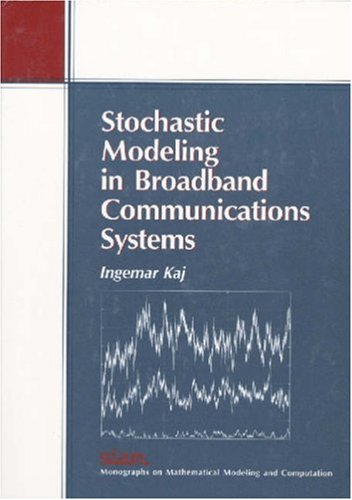

Most ebook files are in PDF format, so you can easily read them using various software such as Foxit Reader or directly on the Google Chrome browser.
Some ebook files are released by publishers in other formats such as .awz, .mobi, .epub, .fb2, etc. You may need to install specific software to read these formats on mobile/PC, such as Calibre.
Please read the tutorial at this link: https://ebookbell.com/faq
We offer FREE conversion to the popular formats you request; however, this may take some time. Therefore, right after payment, please email us, and we will try to provide the service as quickly as possible.
For some exceptional file formats or broken links (if any), please refrain from opening any disputes. Instead, email us first, and we will try to assist within a maximum of 6 hours.
EbookBell Team

4.3
68 reviewsThe author's clear presentation is based on sound mathematical reasoning, and he has taken special care to make the material easily accessible to readers unable to devote excessive amounts of time to rigorous mathematical detail and generality. Topics include models ranging over different time scales of calls, bursts, and cells; different protocol layers for transport, control, and applications; mechanisms for queuing, collisions, delay, and loss; and the effects of buffering, retransmission, multiplexing, and traffic control. Comprehensive exercises are provided at the end of each chapter.
Audience This book is written for students in applied mathematics, probability, statistics, computer science, and computer engineering, from advanced undergraduate to Ph.D. level, as well as for practitioners in telecommunications and computer engineering. Readers should have a basic knowledge of calculus and probability, including random variables, probability distributions, and expected values. The author has included a brief introduction to networking concepts.
Contents Preface; Notation and Notions from Probability Theory; Chapter 1: Introduction; Chapter 2: Markov Service Systems; Chapter 3: Non-Markov Systems; Chapter 4: Cell-Switching Models; Chapter 5: Cell and Burst Scale Traffic Models; Chapter 6: Traffic Control; Bibliography; Index.